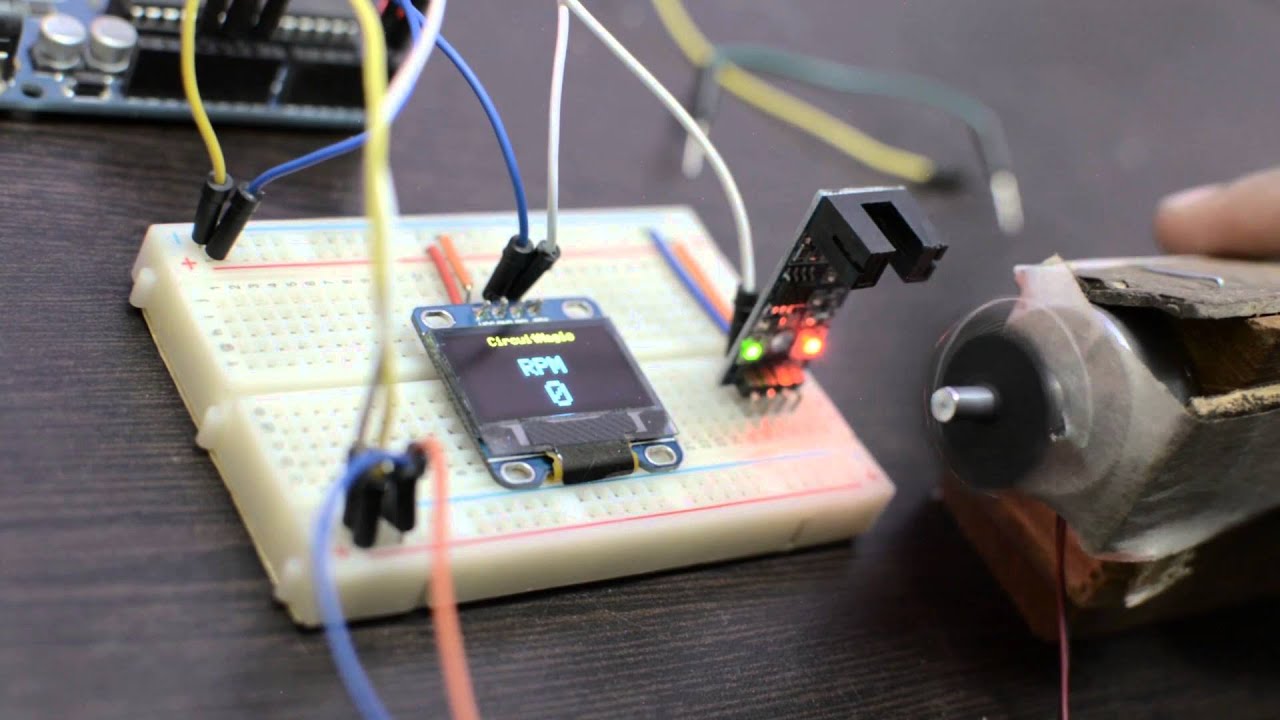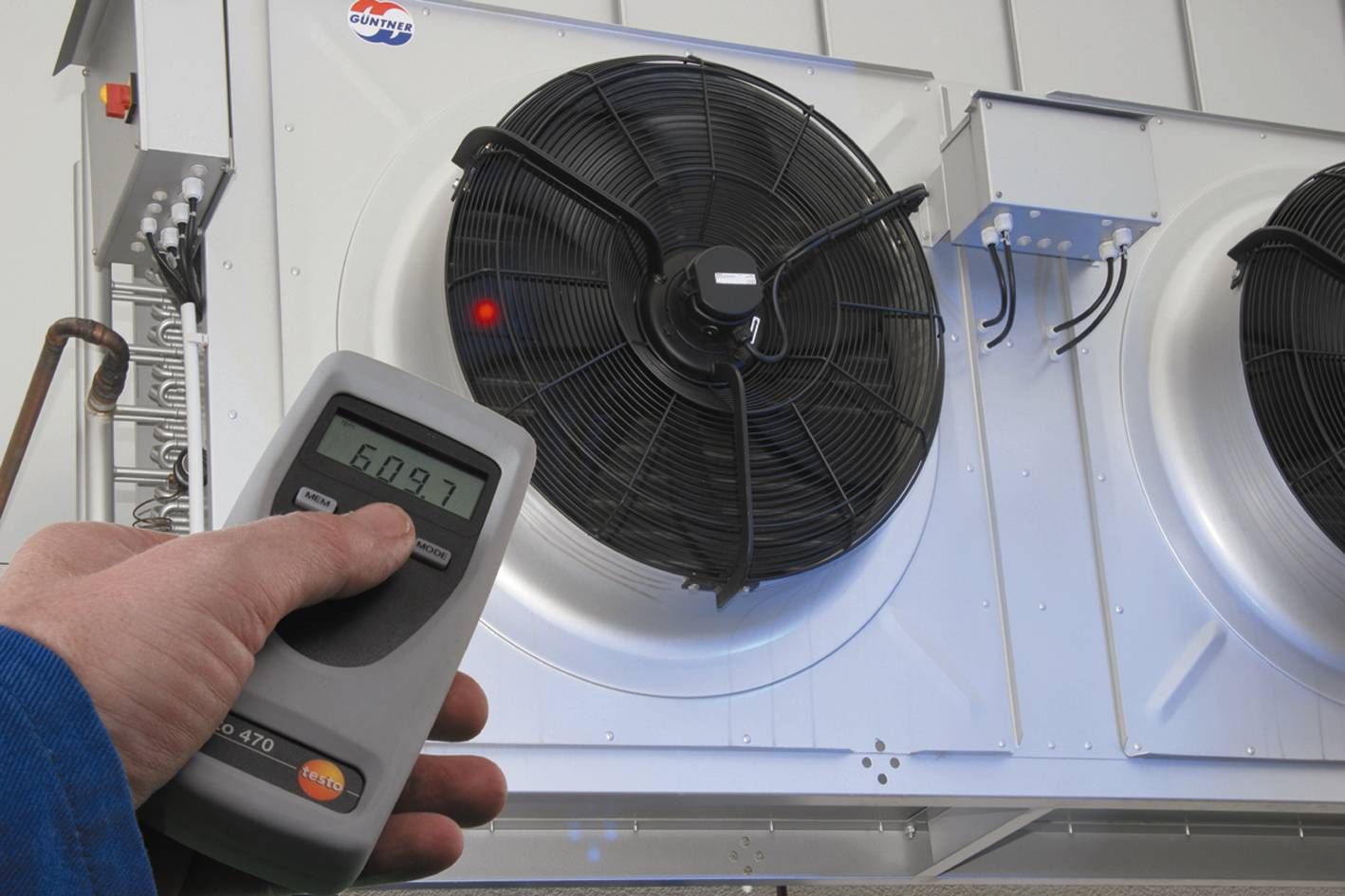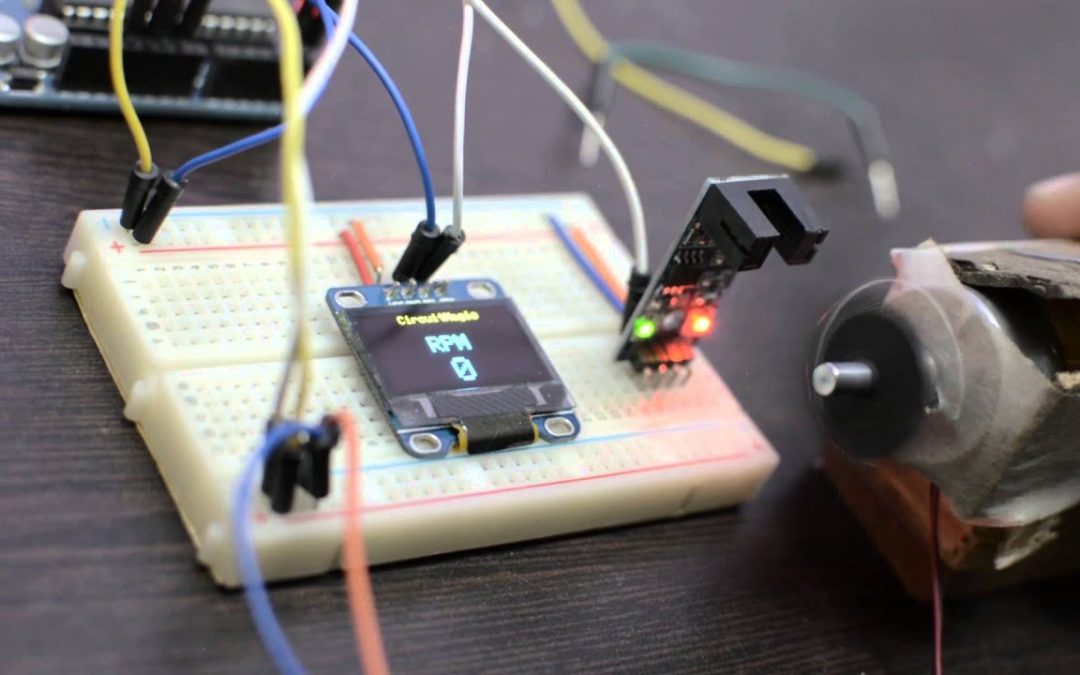When dealing with automotive issues, a non-functioning tachometer can be particularly frustrating, especially for industry QA professionals. Here, we will discuss how to fix a broken tachometer while using simple yet effective methods. This guide aims to help you understand the common causes of tachometer failure and how to address them effectively.

What is a Tachometer?
A tachometer is a device used to measure the rotation speed of an engine’s crankshaft in RPM (revolutions per minute). A properly functioning tachometer is crucial for maintaining the optimal performance of your vehicle.
Common Symptoms of a Broken Tachometer
Erratic Display
An erratic display is one of the most common symptoms of a faulty tachometer. This might mean the needle jumps around or provides inconsistent readings.
Needle Stuck at Zero
Another telltale sign is if the tachometer needle stays at zero, even when the engine is running.
Unresponsive Needle
An unresponsive needle that doesnt move irrespective of engine activity often signals a broken tachometer.
Common Causes of Tachometer Failure
Electrical Issues
Many tachometer failures can be attributed to electrical issues such as loose wiring or blown fuses.
Faulty Sensor
Sometimes, the sensor that communicates with the tachometer fails, causing the instrument to stop working correctly.
Step-by-Step Guide to Fixing a Broken Tachometer
Check Fuse Box
Start by checking the fuse box for any blown fuses linked to the tachometer circuit. Replace them if necessary.
Inspect Wiring
Inspect all wiring leading to and from the tachometer to ensure there are no loose connections.
Test the Sensor
Testing the sensor with a multimeter can confirm if it is functioning properly.
Tachometer Calibration
If the tachometer isn’t calibrated correctly, it might provide inaccurate readings. To calibrate, follow the manufacturer’s guidelines or seek professional assistance.
When to Seek Professional Help
If your troubleshooting does not resolve the issue, it may be time to consult a professional mechanic.
Preventative Measures
Regular Maintenance
Conducting regular maintenance checks can help you catch potential issues early.
Keeping Electrical Systems in Check
Maintaining your vehicles electrical system can prevent tachometer issues caused by faulty wiring or sensors.
Diagnosing Specific Tachometer Brands
VDO Tachometers
VDO tachometers are known for their durability but can still encounter issues. Look for specific diagnostic guides for VDO.
Autometer Tachometers
Autometer provides detailed documentation for troubleshooting their tachometers.

Frequently Asked Questions
Can I drive with a broken tachometer?
While you can technically drive with a broken tachometer, it is not advisable as it affects your ability to monitor engine performance.
How much does it cost to fix a tachometer?
The cost can vary depending on the issue and whether you are fixing it yourself or consulting a professional.
How long does it take to fix a tachometer?
The time required to fix a tachometer can range from a couple of hours to a day, depending on the complexity of the issue.
For more detailed information on how tachometers work, you can visit this resource.
For advanced insights into semiconductor wafer polishing, visit our wafer detection guide or our page on paint application inspection. You might also find useful information on our genetic analysis and wafer inspection pages.
